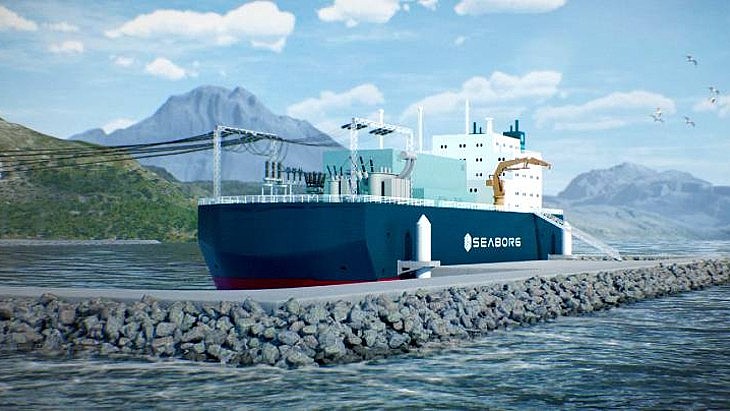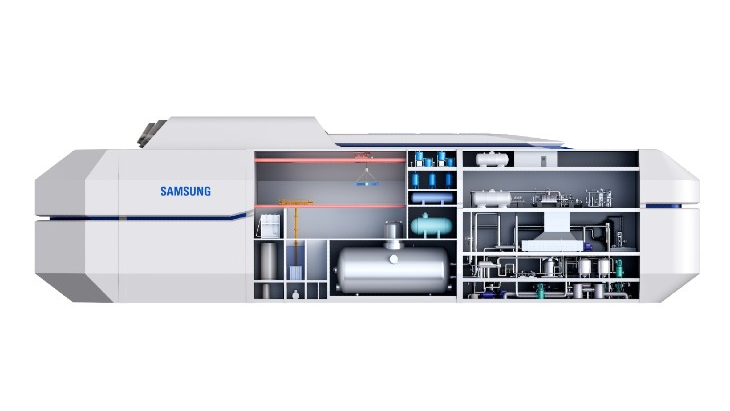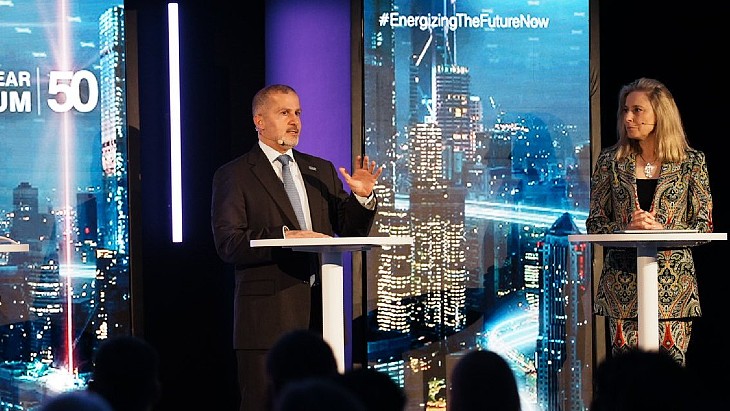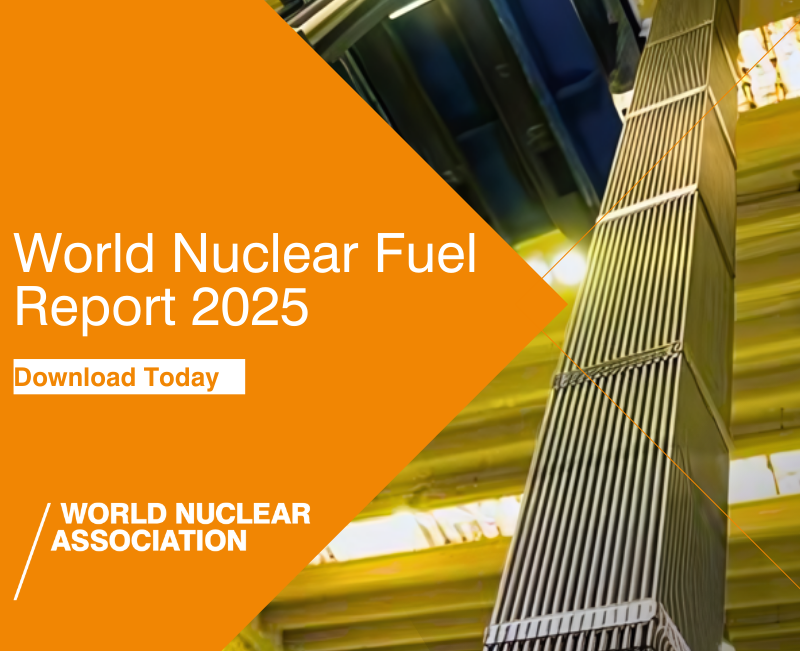They are the latest in a number of recent changes by the Danish company which has agreements with Samsung Heavy Industries and Korea Hydro & Nuclear Power (KHNP) for potential manufacturing at Samsung Heavy Industries' shipyard and operation of a floating power plant by KHNP "in the early 2030s".
The company says that the new name, Saltfoss "reflects the company’s inherently safe molten salt technology, which is based on flowing salt to create energy at a massive scale. In Old Norse, the word 'foss' is used to describe a powerful waterfall".
Ex-mayor Jacob Bundesgaard's appointment to the board follows recent changes which included the appointment of a new chairman, Niels de Conninck-Smith in February at the same time that founder and former CEO Troels Schonfeldt left the board. That month also saw the raising of DKK200 million (USD29.7 million) from existing investors.
Nyengaard said Bundesgaard's experience in public regulation would be particularly important, adding: "With money in the bank, a strengthened organisation and a new board, we are excited to move to the next phase of our development."
Meanwhile, Sirimet Leepagorn, COO of Thailand's Global Power Synergy Public Company Limited (GPSC), said work was progressing on the four-year pre-feasibility study in collaboration with Seaborg/Saltfoss to explore the economic viability of such projects.
In comments reported by Kahoon International, he said the project was following the International Atomic Energy Agency's small modular reactor safety roadmap, with a target completion date of 2035.
The Danish company's design is for modular compact molten salt reactor power barges equipped with between two and eight 100 MWe CMSRs (compact molten salt reactors), with an operational life of 24 years. Instead of having solid fuel rods that need constant cooling, the reactor's fuel is mixed in a liquid salt that acts as a coolant, which means that it will simply shut down and solidify in case of emergency. However, the low-enriched fluoride fuel salt is not yet commercially available, so Seaborg announced in July 2023 that the initial power barges will be fuelled with low-enriched uranium.
The timeline for the company, which was founded in 2014, had been for commercial production of Power Barges to begin from 2028, although it is now targeting a first reactor to be ready in the first half of the 2030s, with series production from the mid-2030s.






_63865.jpg)
_18570.jpg)
_16159.jpg)





